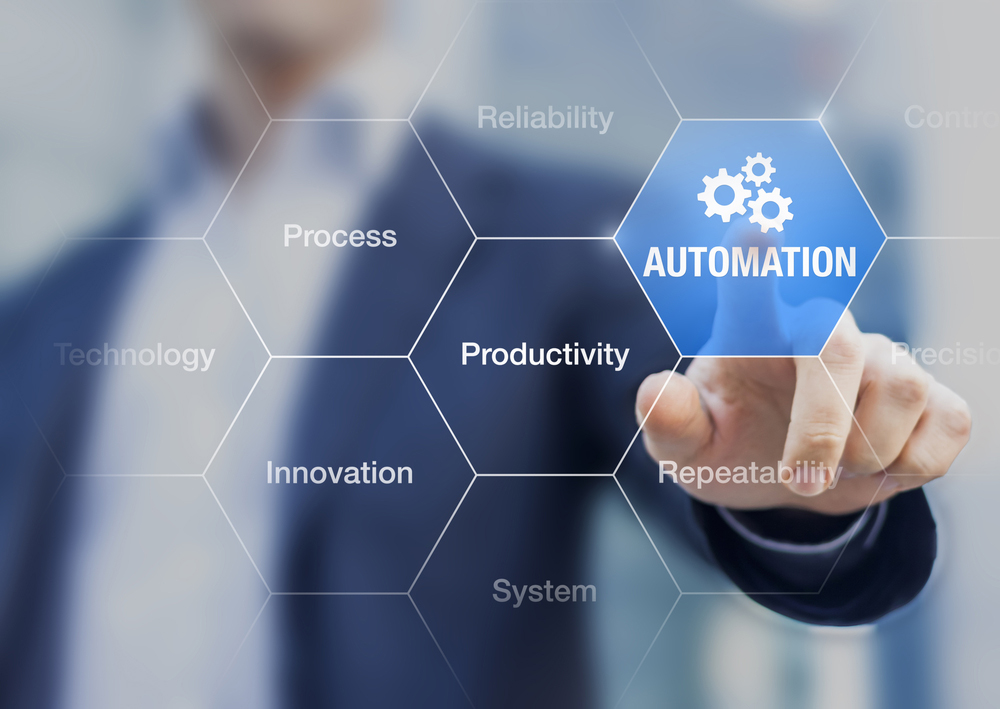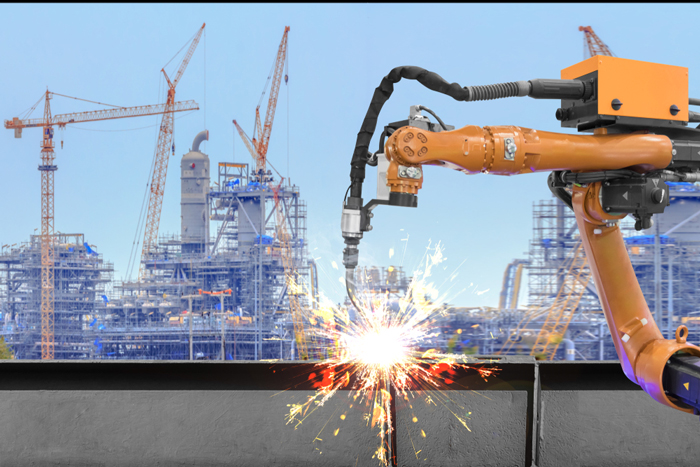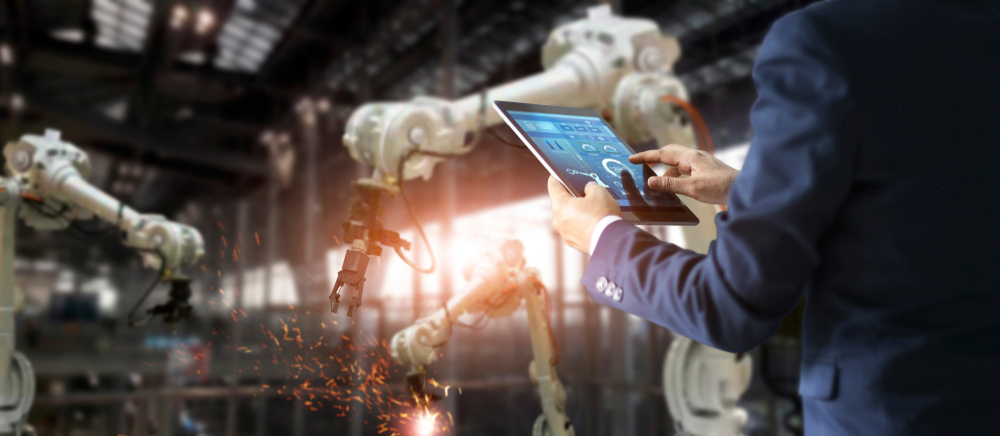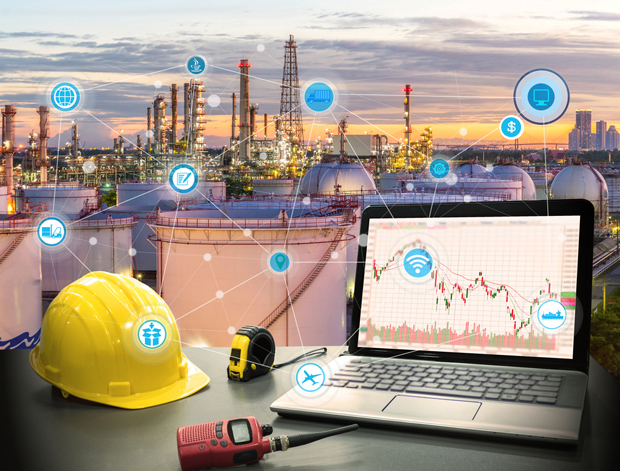The COVID-19 pandemic is forcing us to find safer and smarter ways of building. It has become clear that the construction industry will be different after this outbreak, with the urgent need for new ways of building using smart construction to tackle design problems, inefficiency, outdated techniques and environmental challenges.
Digitalising operation is not enough. Construction companies must be equipped with artificial intelligence (AI) to tackle current issues and overcome past challenges, be more productive, as well as improve project quality and safety.
According to Invonto, a technology consulting company based in US that helps organisations automate operations, there are nine ways that AI can help the construction industry improve:
- Eliminate tedious tasks
Tedious and time-consuming tasks plague the construction process. Integrating AI into the project management workflow can efficiently handle all mundane tasks with few or zero errors. Another application of AI is automating task delegation. With data on employees, this simplifies the process and allows employees to focus on productivity.
Improving productivity, reliability and repeatability by automation technology; Image by NicoElNino/Shutterstock
- Optimise project design phase
Using AI in the building design allows the designer and contractor to glean insights from the building data, material data, and the data collected from the environment, for example, to identify the best way to design and develop a project. - Capture and analyse job site data
AI construction equipment is able to autonomously capture construction sites in three-dimensional scans to feed that data into a neural network that classifies the progress of the various aspects. This allows the management team to handle small issues before they escalate. - Land survey and mapping
Drones can be used for tracking project updates and any issues at a job site. This offers richer insights for improving decision-making and keeps projects on track with Geospatial Information Systems (GIS) and Geospatial AI (GeoAI). - Increase productivity
Self-driving construction machinery that can perform repetitive tasks, such as welding, bricklaying, pouring concrete and demolition, more efficiently than humans. For instance, autonomous or semi-autonomous bulldozers are being used to carry out excavation and prep work with the exact specifications to complete the project more quickly.
Automation robot welder; Image by Engineer studio/Shutterstock
- Speed up project delivery with off-site construction
The use of autonomous machines in an assembly line can complete structures more efficiently, allowing employees to complete more high-value tasks. - Improve workplace safety
AI and machine learning tools are able monitor and prioritise risks on the job site. By using artificial intelligence in construction safety, the rate of subcontractors based on a risk score and assign priority to certain high-risk issues to mitigate any problems. Smarter decisions can be made based on hard data to prevent safety hazards, monitor cost and materials, as well as ensure employee productivity.
Automation robot check and control; Image by PopTika/Shutterstock
- Making sense of big data with machine learning and data analytics
Machine learning makes the data analytics systems ‘smarter’, which enable us to analyse the data generated from images captured via drones, mobile devices and security sensors to glean insights that will enable an efficient operation. - Adopting smart construction solutions
AI in construction is increasing throughout the industry as part of a larger shift toward smart construction technology, one that will play a more significant role in the construction industry.
The COVID-19 pandemic has likely triggered all sectors to accelerate an increased use of technology. The construction industry can benefit from these technological advances, tapping into the potential of smart construction solutions and putting humans at the centre of it all.
Above article is an excerpt from Invonto. Click here to view the full article.
Disclaimer: Construction+ makes reasonable efforts to present accurate and reliable information on this website, but the information is not intended to provide specific advice about individual legal, business, or other matters, and it is not a substitute for readers’ independent research and evaluation of any issue. If specific legal or other expert advice is required or desired, the services of an appropriate, competent professional should be sought. Construction+ makes no representations of any kind and disclaims all expressed, implied, statutory or other warranties of any kind, including, without limitation, any warranties of accuracy and timeliness of the measures and regulations; and the completeness of the projects mentioned in the articles. All measures, regulations and projects are accurate as of the date of publication; for further information, please refer to the sources cited.
Hyperlinks are not endorsements: Construction+ is in the business of promoting the interests of its readers as a whole and does not promote or endorse references to specific products, services or third-party content providers; nor are such links or references any indication that Construction+ has received specific authorisation to provide these links or references. Rather, the links on this website to other sites are provided solely to acknowledge them as content sources and as a convenient resource to readers of Construction+.











